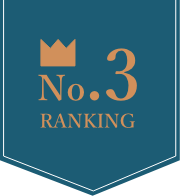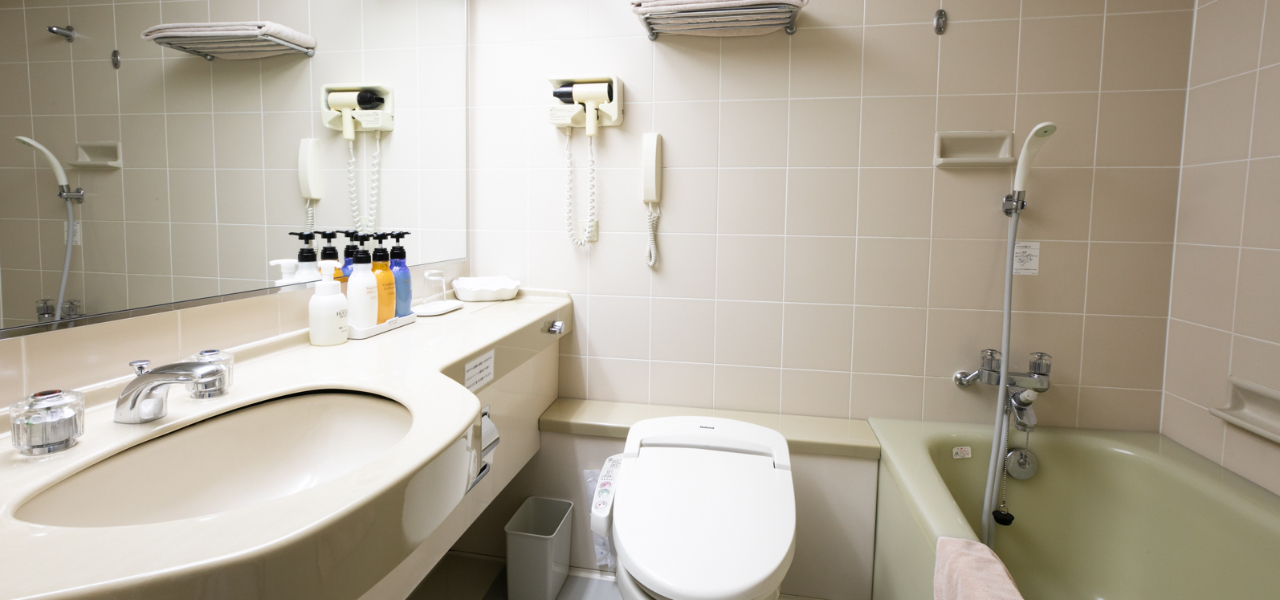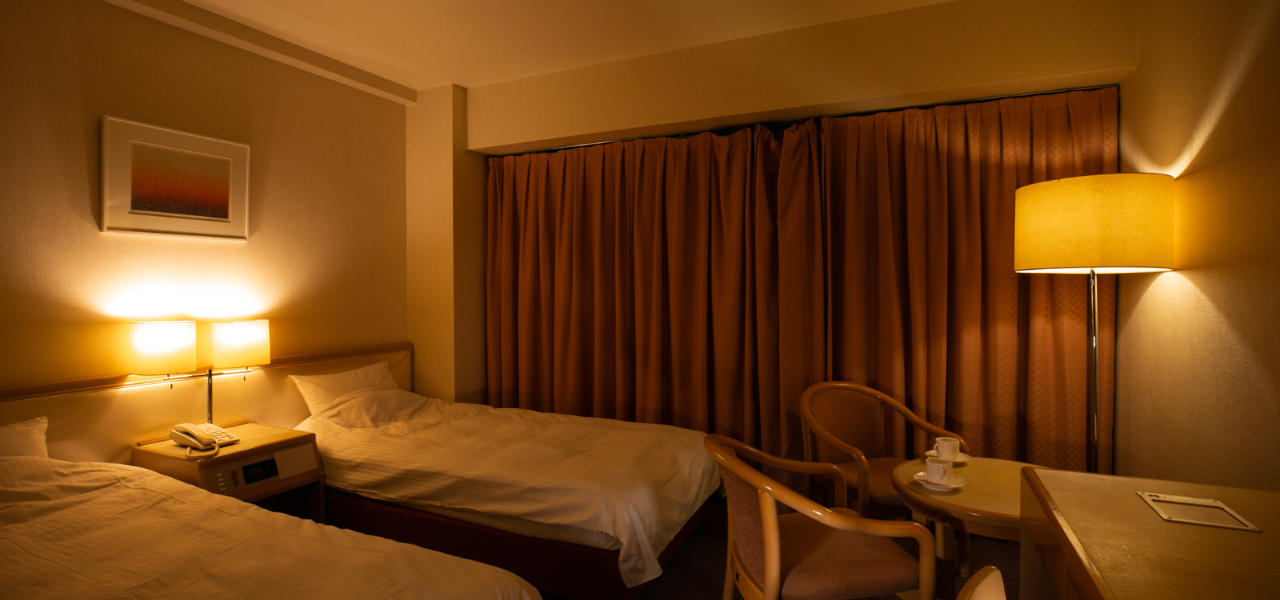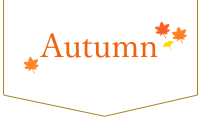-

Takada Cherry Blossom Festival (Takada Park)
Takada Castle was built by Matsudaira Tadateru (Ieyasu’s sixth son), the governor of Echigo, in 1614, and the surrounding area developed into the biggest castle town in Echigo. In spring, some 4,000 cherry trees planted in the park emerge beautifully into bloom. The night-time view of these cherry blossoms mirrored on the water is one of the top three most beautiful night-time cherry blossom views, and crowds of tourists flock to the festival every year.
-

Joetsu Festival (Naoetsu area)
Naoetsu district’s Gion festival was created by history and culture. The Onhanamuke Kome Hono (rice offering)—the highlight of the festival—is a spectacular sight to behold.
The festival reaches its climax when festival floats from 19 neighborhoods in the Naoetsu district are gathered together at Yasaka-jinja Shrine, and each group offers up sacks of rice to the shrine.
-

Joetsu Lotus Festival (Takada Park)
The vast outer moat at Takada Castle Park is filled with lotus flowers. This beautiful sight is said to be the best in the East. When the flowers are in full bloom in August, the park is visited by a lot of people from both inside and outside Niigata. The festival is now a summer tradition in the area. Because the flowering season is quite long, you can enjoy the flowers throughout the entire summer.
-

Lord Kenshin Festival
(at the foot of Kasugayama Castle ruins)
The festival is held every year at the foot of Kasugayama Castle ruins in memory of Uesugi Kenshin.
The sound of flutes and drums fills the air and a procession of armored warriors parades through the city—a sight straight out of the Sengoku period (Age of Warring States).
-

Echigo-Tsumari Art Field
Echigo-Tsumari Art Triennale is one of the world’s biggest international art festivals, and has been held once every three years since 2000.Echigo-Tsumari Art Field garners attention from both Japan and overseas as a good example of community development through art carried out under the overarching concept: “humans are part of nature.” Here you can enjoy workshops, happenings, and performances by a number of artists all year round, even when it is not a triennale year.
To get here, you can take the Hokuetsu Express Hokuhoku Line from Naoetsu Station to Tokamachi Station, and it is a 40-minute ride away.
-

Echigo Kenshin Sake Festival
Gathering together all kinds of sake, including Japanese sake from the Joetsu area, wine, Doburoku (a variety of unrefined sake), and local beers in one place, this event introduces sake brewing culture from the Joetsu area.
You can also find local cuisine. Hotel Century Ikaya offers a special package including a free sake tasting coupon.
-

Lerch Festival
Mt. Kanaya in the Joetsu area is said to be where skiing first started in Japan.
During the Meiji period, an Austrian Army major by the name of Lerch—who had come to Japan to observe the Japanese Army—taught officers from the Takada Division how to ski. From then on, skiing became popular among ordinary people too. This festival is held every year in honor of Major Lerch’s legacy.
-

Corridor of Lights
In the Corridor of Lights event, some 100,000 candles are lit along the streets of the Yasuzuka, Oshima, Uragawahara, Maki, Koshi, and Nadachi districts. People of all ages from each of the communities put their hearts into making the candles one at a time. A magical sight welcomes you while the snow falls silently.
-

Tokamachi Snow Festival
This event was born in 1950 out of the spontaneous wish of the residents to “become friends with the snow and enjoy it.” Tokamachi Snow Festival was started by those who knew both the severity and beauty of winter in Tokamachi City, one of the areas in Japan that experiences heavy snowfalls. It is said to be “the birthplace of modern snow festivals.”
To get here, take the Hokuetsu Express Hokuhoku Line from Naoetsu Station to Tokamachi Station, and it is a 40-minute ride away.














































